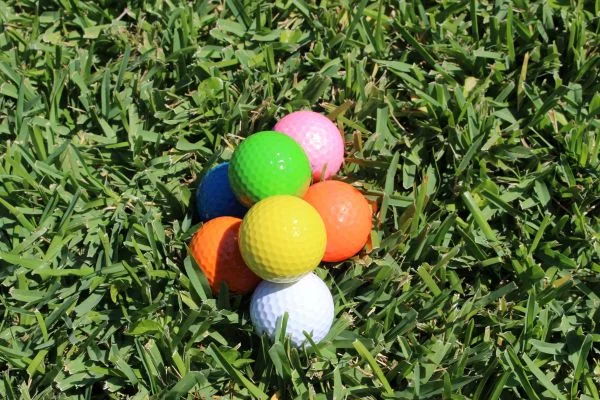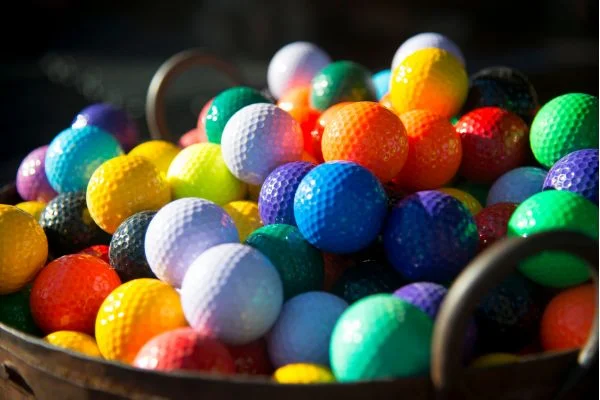One of the most common questions you’ll hear on the golf course is: Are colored golf balls legal? After all, everyone wants to stand out on the links, and brightly colored golf balls can be a great way to do that!
But before you buy yourself a dozen neon-green golf balls, there are some things you should know about legality of colored golf balls. So let’s dive in and learn more.
Colored golf balls are legal for most recreational and amateur play, offering improved visibility and ball identification.
Are Colored Golf Balls Legal | Let’s Find Out
The Rules of Golf
The first thing to understand is that the legality of colored golf balls depends on the game’s rules. According to the United States Golf Association (USGA), colored golf balls are allowed as long as they meet specific criteria.
The ball must conform to USGA regulations for size, weight, symmetry, and other technical standards. It must also be identifiable from any other ball used in play.
In other words, if you’re playing with your neon-green ball, it needs to look distinctly different from any white or yellow golf balls used by other players in your group.
Also Read: What Is The Density Of A Golf Ball?
Playing with Non-Conforming Balls
If you choose to use a non-conforming ball—meaning one that doesn’t meet USGA standards—you may still be able to play with it as long as you follow specific procedures set out by the USGA.
For example, if your ball fails the initial test for conformance (which includes tests for weight and size), you can submit it for another test at an authorized testing facility such as Callaway or Wilson. You should be good to go if it passes this second test!
Advantages & Disadvantages Of Using Colored Golf Balls

Advantages of Colored Golf Balls
The primary advantage of using colored golf balls is visibility. If you’re playing on a course with lots of trees or other obstacles, it can be challenging to locate your ball after it has been hit. If you have brightly colored balls, however, it will be much easier to spot them as they travel through the air or land on the ground.
This improved visibility can help prevent lost time looking for your ball, which can help reduce your score and improve your overall game.
Additionally, some players find that their performance improves when they use colored golf balls because they feel more confident about their shots due to enhanced visibility.
This is especially true for new or younger players who may be easily distracted by obstacles that make it difficult to spot the ball clearly. Ultimately, having greater confidence in your shot can lead to better performance on the course.
Also Read: Are Golf Balls Hollow?
Disadvantages of Colored Golf Balls
That being said, there are some potential drawbacks associated with colored golf balls as well. One disadvantage is cost; typically speaking, these types of specialty balls cost more than traditional white ones—so if you play frequently and lose multiple balls during each round, this could add up quickly!
Additionally, some courses don’t allow colored golf balls because they can cause damage to the greens if their color fades over time. So before you head out on the course with a bag full of brightly-colored balls, check with management to ensure they are allowed at the facility.
Also Read: What Compression Golf Ball For Cold Weather?
Conclusion
So, Are Colored Golf Balls Legal? All in all, using colored golf balls is perfectly legal so long as they meet all USGA regulations and can easily be distinguished from any other type of ball used in play.
Of course, this doesn’t mean that every player will want them—as we’ve seen here today, there are both advantages and disadvantages when it comes to using brightly-colored golf balls! Ultimately though, whether or not they work best for your game is something only you can decide!



